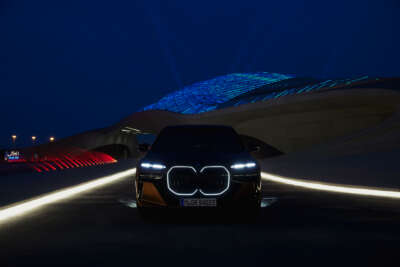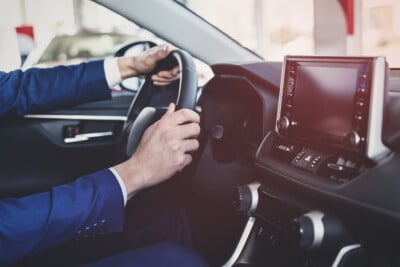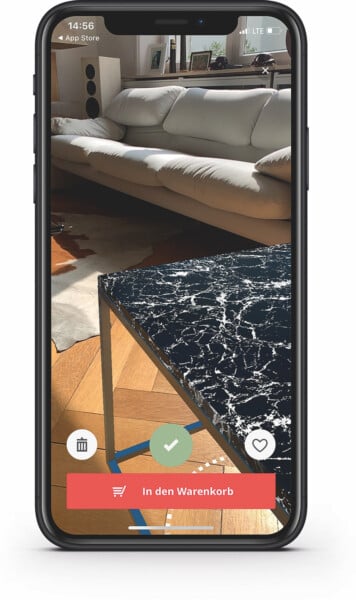Buttons Are Back
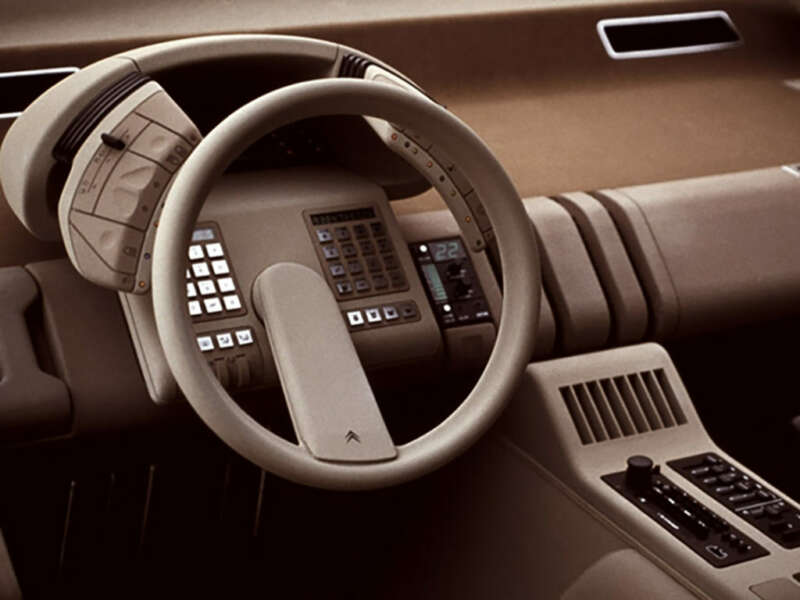
- This is how the future was looking in 1981: Citroën Xenia concept. In 2024 buttons will be back – for safety reasons.
- Citroën Xenia
“I can’t think of a better example of modern consumer frustration than a car sold with a feature that makes it less safe, doesn’t meaningfully improve the driving experience, saves money for the manufacturer, and is marketed to drivers as necessary progress for better connectivity.”
Jay Caspian Kang, staff writer at The New York Times
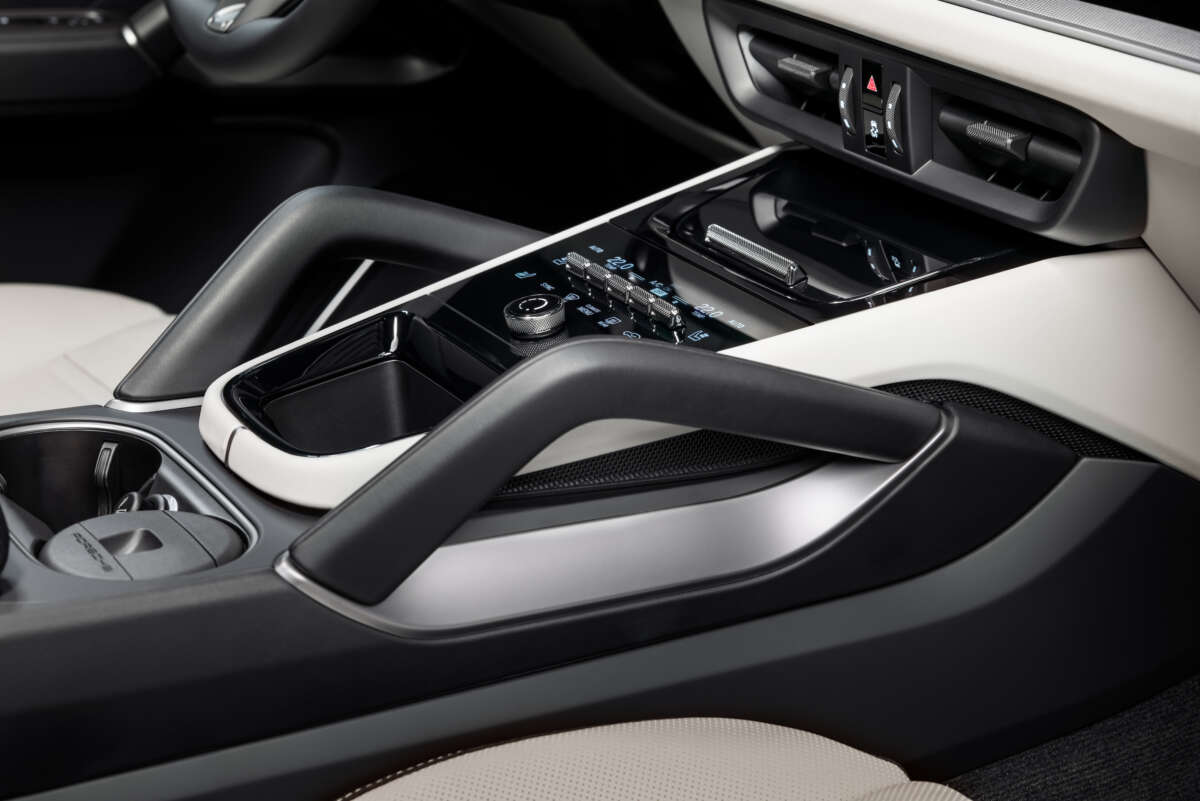
Automakers are turning back
to tactile controls.
Over the past decade, touchscreen surfaces have steadily spread across vehicle dashboards. This trend can be attributed to Tesla, which has always positioned its vehicles as “tablets on wheels.” Touchscreens are seen as a symbol of technological progress, but cost also plays a significant role. Automotive journalist Matt Farah from The Smoking Tire recently explained that current dashboard screens can be obtained from suppliers for less than $50, making them much cheaper than tactile controls.
Various studies, including one by Scandinavian automotive experts from Vi Bilägare, show that complex touchscreens in cars lead to higher cognitive load for the driver. In the past, radio settings or air conditioning were adjusted using buttons and knobs, allowing the driver to keep their eyes on the road. Touchscreens, on the other hand, require both visual and tactile focus, diverting attention from the traffic. A study by the US Automobile Club AAA found that normal operation of an infotainment touchscreen can distract drivers for up to 40 seconds. To address these risks, the US National Highway Traffic Safety Administration (NHTSA) released voluntary guidelines ten years ago, stating that drivers should be able to perform individual infotainment tasks in less than two seconds to minimize distraction.
Resistance to increasingly complex touchscreens is growing. According to a consumer survey by J.D. Power, “infotainment systems continue to be a significant problem in new vehicles.”
Some automakers are starting to adjust their strategies. The 2024 Porsche Cayenne will once again have some buttons for controlling climate functions. Volkswagen has announced plans to include more buttons in its electric vehicles. Alfonso Albaisa, Nissan’s Senior Vice President of Design, shares a similar view and speculated in the Green Car Report: “I think people will get tired of these big black screens.” Hyundai also plans to integrate more buttons and knobs but will increasingly rely on voice commands to control various vehicle functions.
